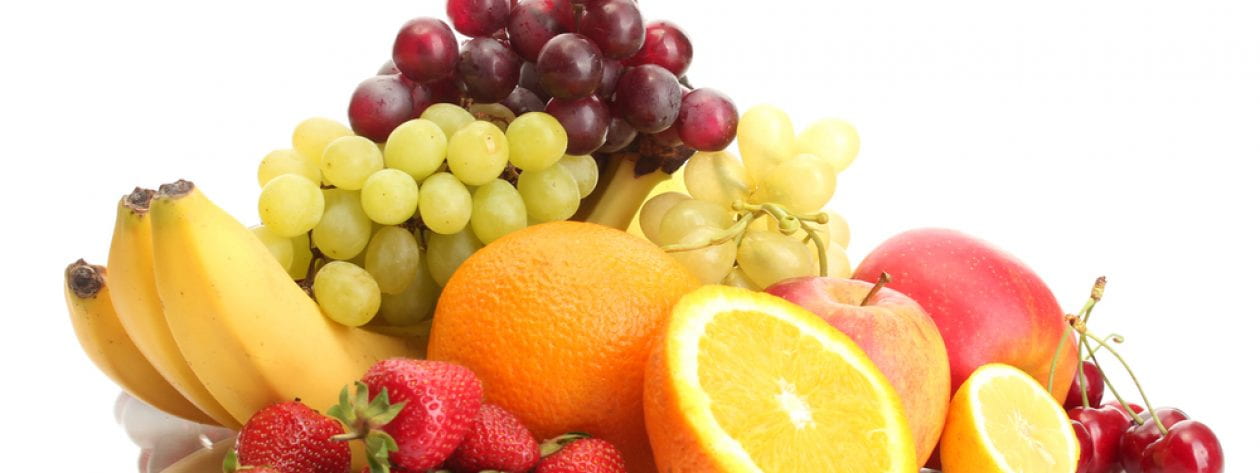Remember the days when all you could find on the grocery shelves were white and wheat bread? Probably not! Those days are long behind us, as there is a revolution going on in the bread world and it bodes well for our health and taste buds!
When you walk down the bread aisle today at the grocery store there are numerous different types of bread in addition to the staples of white, wheat, and potato bread. The trendy health picks right now are loaves of bread made with whole grains, whole wheat, seeds, or even sprouted grains. Each type of bread offers slightly different nutritional benefits.
Breads have generally been shifting towards a more nutritious profile, and that starts with the use of whole grains over refined grains. Whole grains contain the bran, germ, and endosperm of the grain itself, and refined grains have been processed to remove all but the endosperm. Unfortunately, this process also removes the majority of nutrients from the grain. The bran contains important antioxidants, B vitamins, and fiber, and the germ contains the B vitamins, protein, minerals, as well as healthy fats. The endosperm contains a large amount of the carbohydrate and protein in the grain, and smaller amounts of vitamins and minerals. This is why bread made from refined grains has lower nutritional values than whole grain versions and is enriched (vitamins and minerals are added back) to replenish some of its nutritional value. Whole grain bread includes bread made with any of these grains:

- Amaranth
- Barley
- Buckwheat
- Corn ( whole cornmeal and popcorn)
- Millet
- Oats (oatmeal)
- Quinoa
- Rice ( brown rice and colored rice)
- Rye
- Sorghum
- Teff
- Triticale
- Wheat
- Wild rice
Many of these grains are also used when making sprouted and seed bread. The origin of sprouted bread dates back to biblical times and the trend of sprouting grain has caught fire in recent years. When grains are exposed to moisture they sprout and start breaking down the stored energy in the endosperm. This process breaks long chain starches into smaller molecules, which are easier to digest. The improved digestibility also increases the nutrients absorbed from the grains. Sprouting grains increases nutrients including B vitamins, vitamin C, folate, fiber, and essential amino acids which are lacking in grains. Allergenic issues also tend to decrease with sprouted grains when it comes to protein sensitivities.

Seed bread has all the great benefits of whole grain bread, but with the inclusion of seeds in them. The bread is made with many different seeds ranging from flax seeds to chia to sesame seeds. The seeds added to the bread give it a higher concentration of omega- 3 fatty acids, which are great for your health and have a multitude of health benefits including preventing heart disease and stroke, as well as controlling other health conditions such as lupus, eczema, and arthritis.
Next time you go to your local grocery store, take some time and look at all of the options in the bread aisle. Make sure you try some today!
Sources:
- https://wholegrainscouncil.org/whole-grains-101/whats-whole-grain-refined-grain
- http://www.daveskillerbread.com/our-products/#our-products-1
- https://www.healthline.com/nutrition/sprouted-grain-bread
- https://www.hsph.harvard.edu/nutritionsource/what-should-you-eat/fats-and-cholesterol/types-of-fat/omega-3-fats/


The greatest service which can be rendered any country is to add a useful plant to its culture.
I love that sesame in the Mcdonald’s Menu Pricing hamburger bread. I think it’s very tasty!